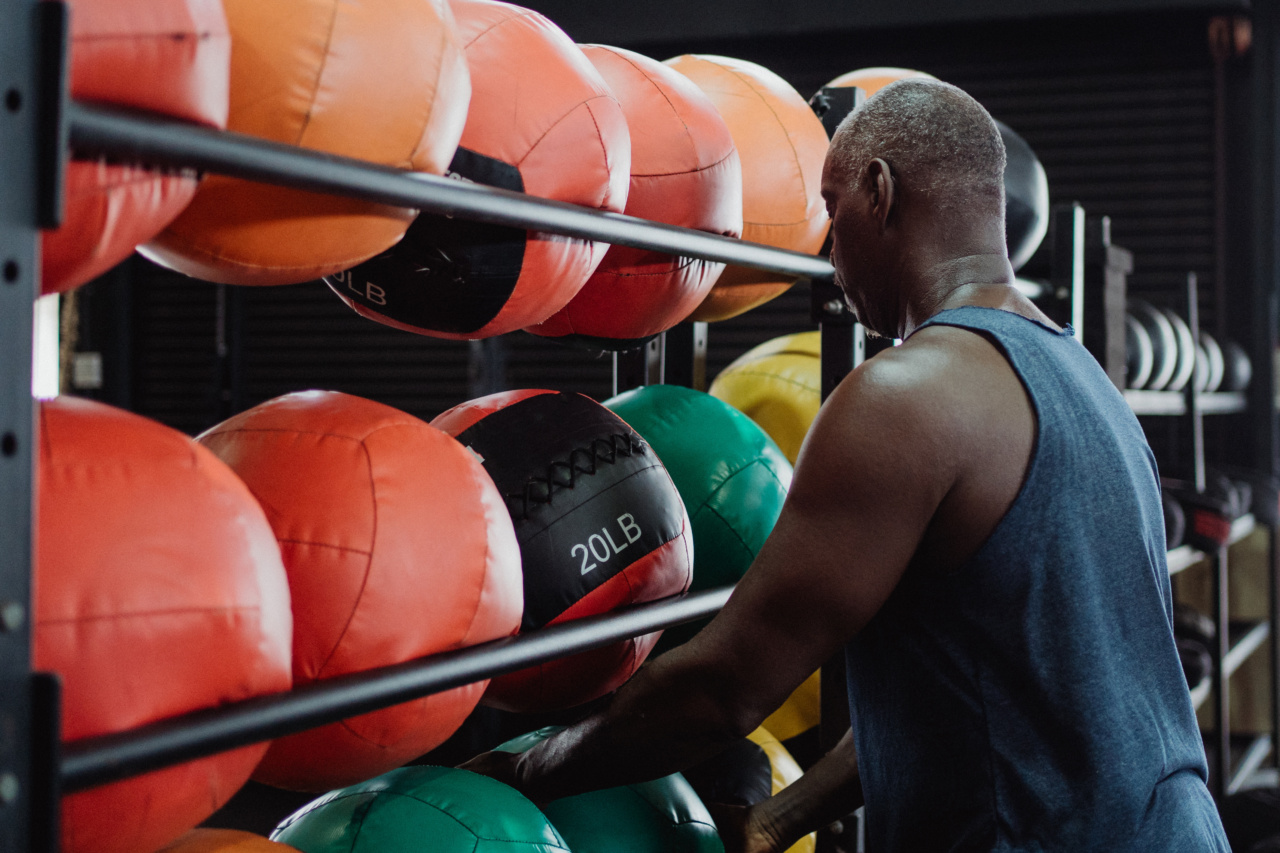Physical activity plays a crucial role in the development of strong and healthy bones in children. Regular exercise helps in building bone density, improving bone strength, and reducing the risk of osteoporosis later in life.
However, it’s essential to choose the right exercise frequency and intensity for your child to maximize the benefits and prevent injuries. Here are some tips to help you make the right choices:.
1. Understand Your Child’s Age and Development
As children grow and develop, their exercise needs change. Younger children may engage in more general play and activities like jumping, running, and climbing, while older children may participate in structured sports activities.
Understanding your child’s age and developmental stage will help you select exercises that are appropriate for their current physical abilities.
2. Consult with a Healthcare Professional
Prior to starting any exercise program for your child, it’s always advisable to consult with a healthcare professional.
They can provide guidance based on your child’s unique needs and any pre-existing medical conditions or physical limitations they may have. A healthcare professional can also recommend exercises that promote bone health specifically.
3. Find Weight-Bearing Exercises
Weight-bearing exercises are particularly effective in improving bone health as they put stress on the bones, promoting bone development.
Examples of weight-bearing exercises include running, jumping, dancing, and sports activities like soccer, basketball, and gymnastics. Encourage your child to engage in these types of activities regularly.
4. Include Resistance Training
Resistance training, such as using weights or resistance bands, can help strengthen bones and muscles. However, it’s crucial to ensure that your child uses appropriate weights and proper form to avoid injuries.
Consider working with a qualified trainer who specializes in children’s exercise programs to ensure safety and effectiveness.
5. Balance with Non-Impact Exercises
While weight-bearing exercises are vital for bone health, it’s essential to balance them with non-impact exercises to minimize the risk of overuse injuries. Non-impact exercises include activities like swimming, cycling, and yoga.
These exercises provide cardiovascular benefits and help improve flexibility without putting excessive stress on the bones.
6. Gradually Increase Exercise Intensity
Start with lower intensity exercises and gradually increase intensity over time. Sudden increases in exercise intensity can lead to injuries, especially to developing bones.
Allow your child’s body sufficient time to adapt to the demands of exercise to reduce the risk of stress fractures or other bone-related issues.
7. Focus on Proper Nutrition
Exercise alone isn’t enough for optimal bone health. Ensure your child follows a well-balanced diet rich in calcium, vitamin D, and other essential nutrients.
Calcium is especially critical for bone development, and sources include dairy products, leafy green vegetables, and fortified foods. Vitamin D helps in the absorption of calcium and can be obtained through sunlight exposure or supplements.
8. Monitor and Encourage Rest
While exercise is essential, rest and recovery periods are equally important. Encourage your child to take rest days to allow their bodies to repair and strengthen.
Overtraining or lack of rest can increase the risk of injuries and hinder bone development. Monitor your child’s exercise routine to ensure they are not pushing themselves too hard.
9. Be Mindful of Special Considerations
Some children may have specific considerations that require modifications in exercise frequency and intensity. For example, children with certain medical conditions, such as asthma or bone diseases, may need tailored exercise programs.
Always take these individual factors into account when choosing the right exercises for your child.
10. Set a Positive Example
Children often mimic their parent’s behaviors, so it’s essential to set a positive example by staying physically active yourself.
Engage in regular exercise as a family, encouraging your child to adopt a healthy and active lifestyle from an early age. This not only helps in building strong bones but also promotes overall well-being.































